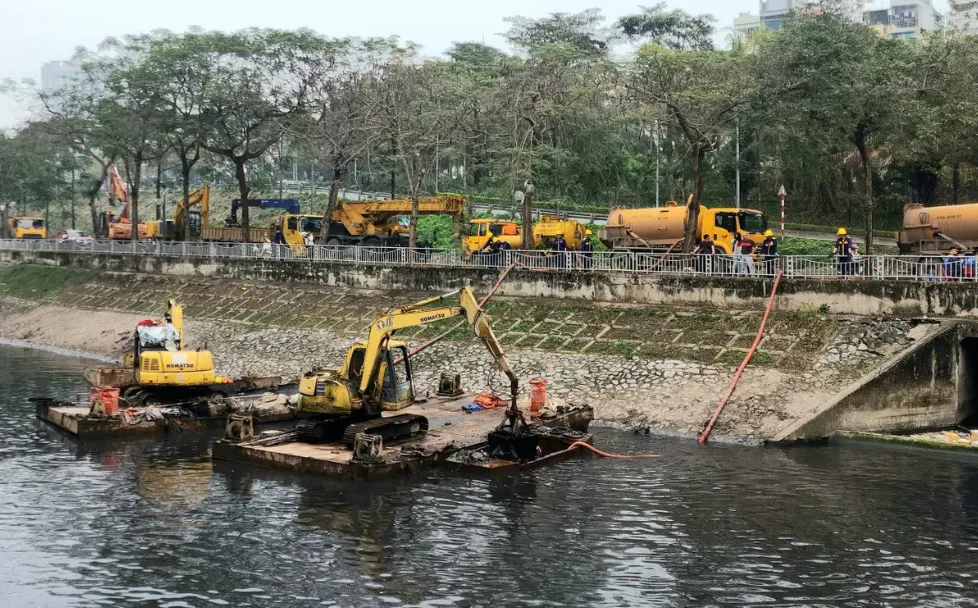
According to analysis, the concentration of dissolved oxygen in water in many river sections is very low, almost incapable of self-cleaning; microbiological indicators exceed the allowable threshold by 30 to 70 times; the content of organic compounds also far exceeds the standard. The main reason is that most of the untreated domestic wastewater is discharged directly into the river. It is estimated that Hanoi generates about 1 million m³ of wastewater every day, but only 30% of it is treated.
The project to “revive” rivers is divided into 3 phases, implemented from now until 2030, with a total budget of about 21,000 billion VND. Key groups of solutions include: collecting and thoroughly treating wastewater; treating residual pollution such as mud, garbage, and obstacles; adding clean water to ensure minimum flow in the dry season and improving the landscape and ecosystem combined with developing cultural, recreational, and spiritual activities along the river.
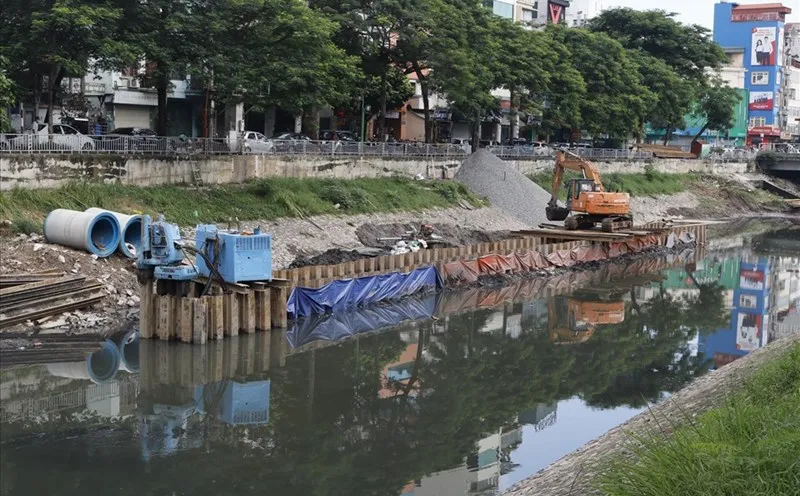
According to the representative of the Hanoi Department of Agriculture and Environment, restoring the environmental quality of rivers is not only a simple solution to prevent pollution but also a strategic direction to create a greener, cleaner, and more livable urban space for the people of the capital. Moreover, when the rivers are cleaned and renovated, they will not only return to their irrigation or drainage functions but also become an important part of the landscape architecture and urban culture of Hanoi.
Source: https://www.sggp.org.vn/ha-noi-len-phuong-an-hoi-sinh-4-dong-song-o-nhiem-nghiem-trong-post805589.html


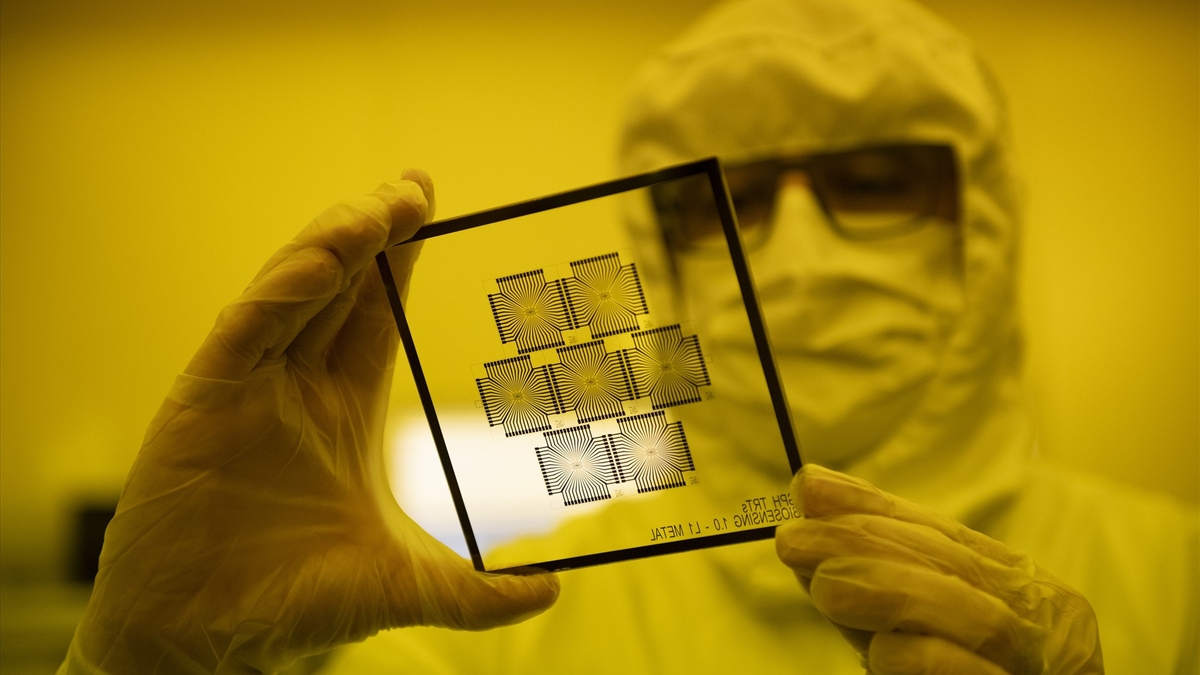




![[Photo] Da Nang: Hundreds of people join hands to clean up a vital tourist route after storm No. 13](https://vphoto.vietnam.vn/thumb/1200x675/vietnam/resource/IMAGE/2025/11/07/1762491638903_image-3-1353-jpg.webp)
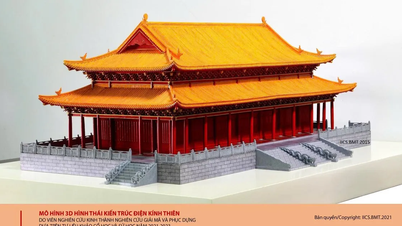
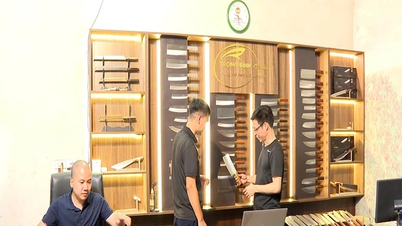



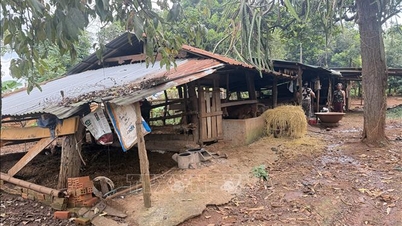
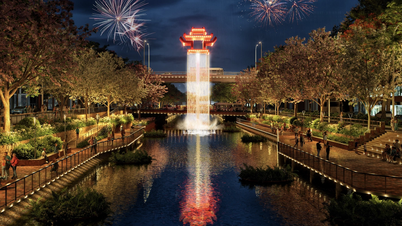






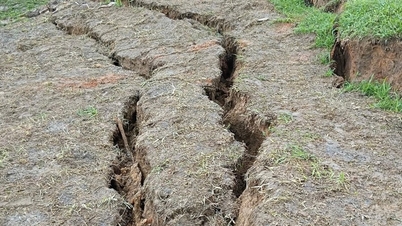



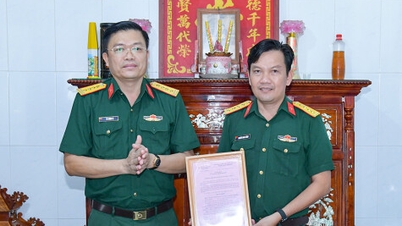


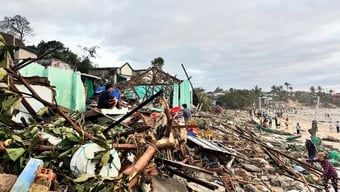


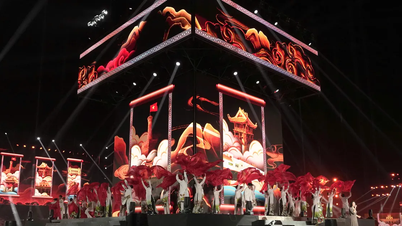
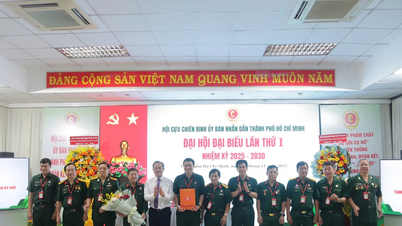



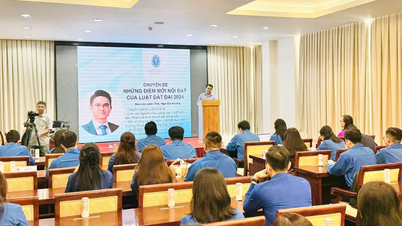



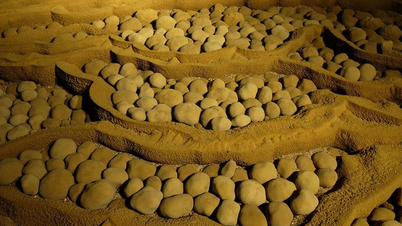






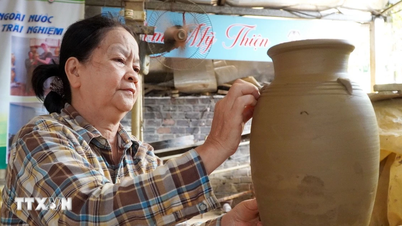












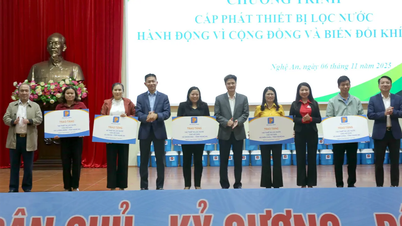


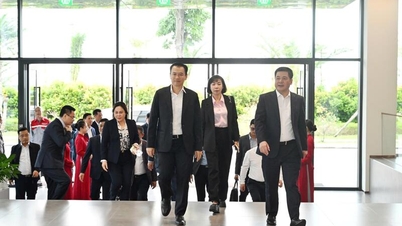









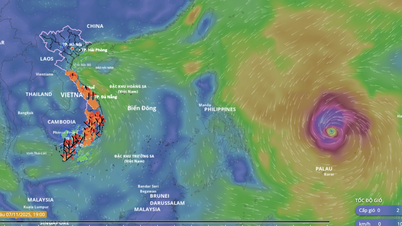




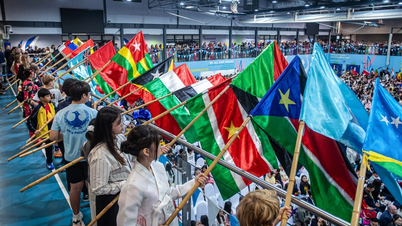

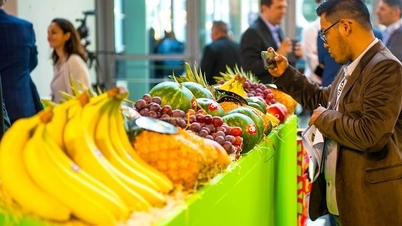


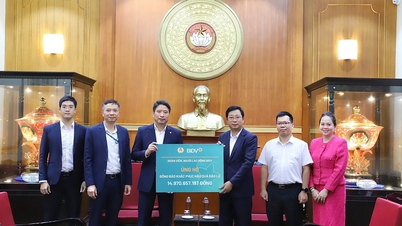


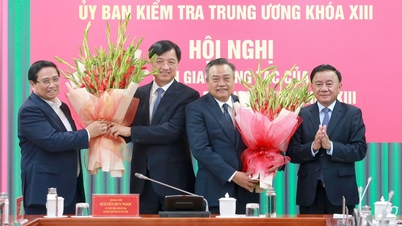
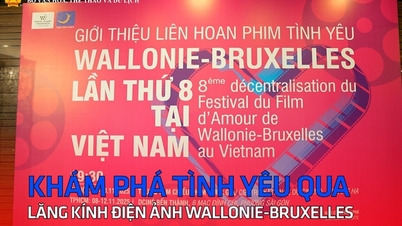



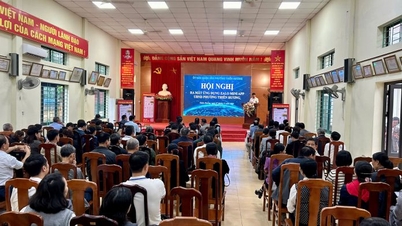

















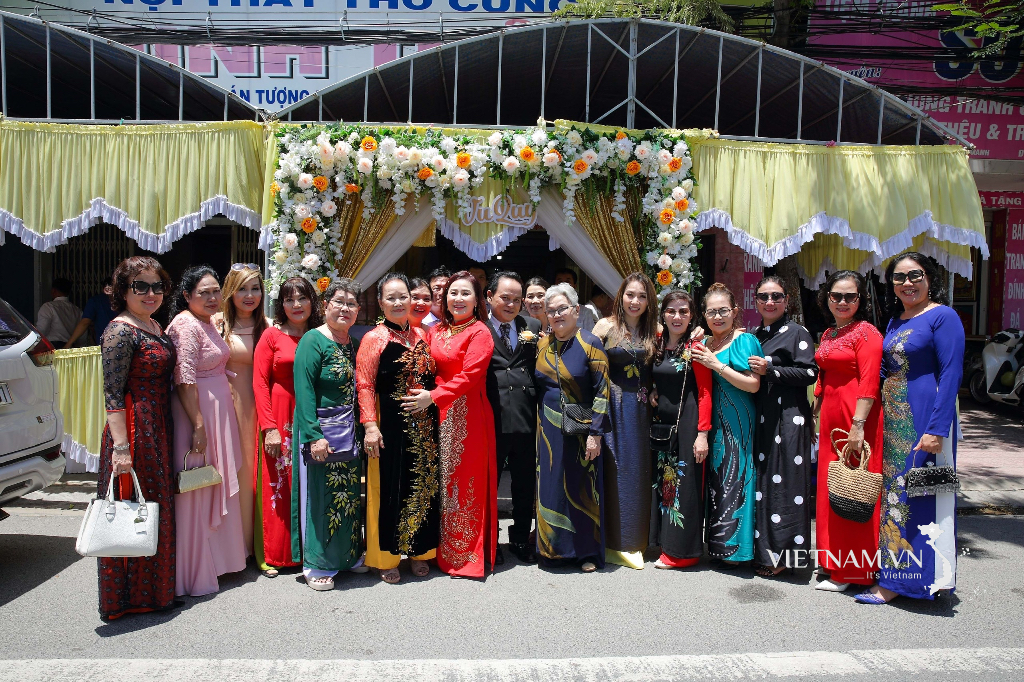


Comment (0)